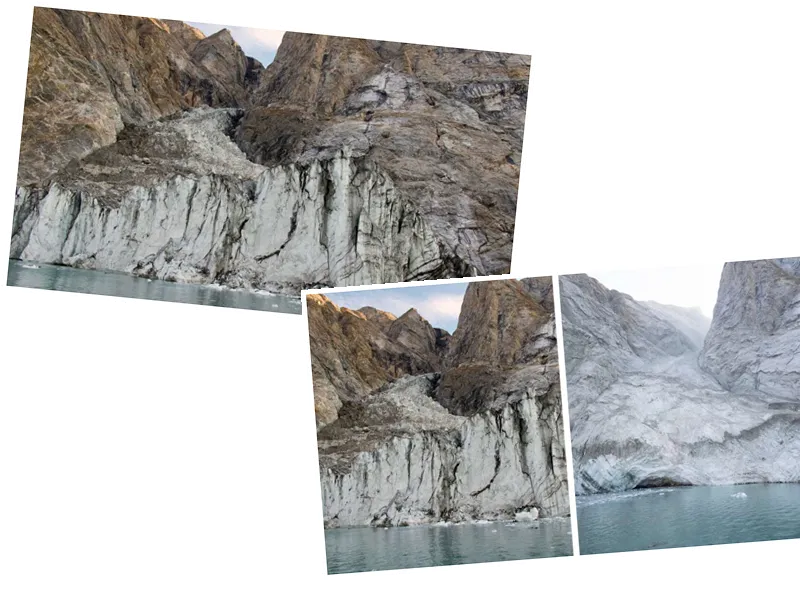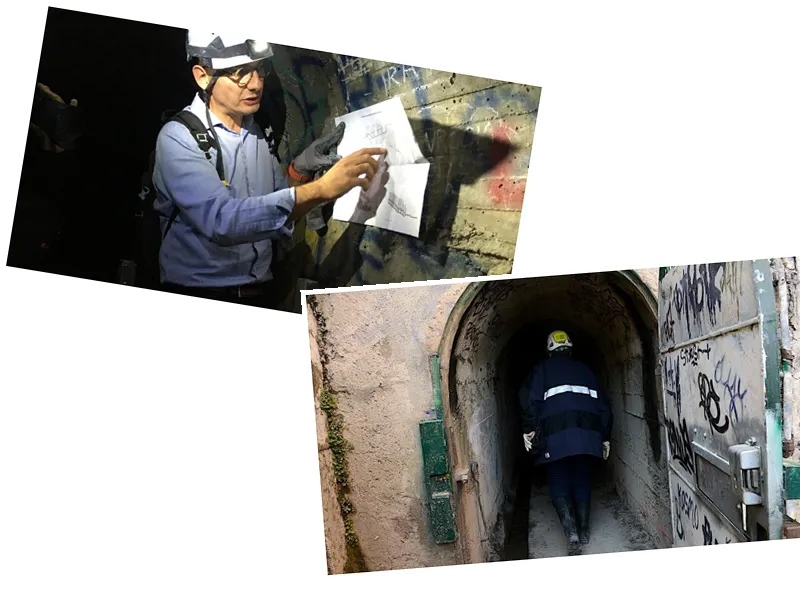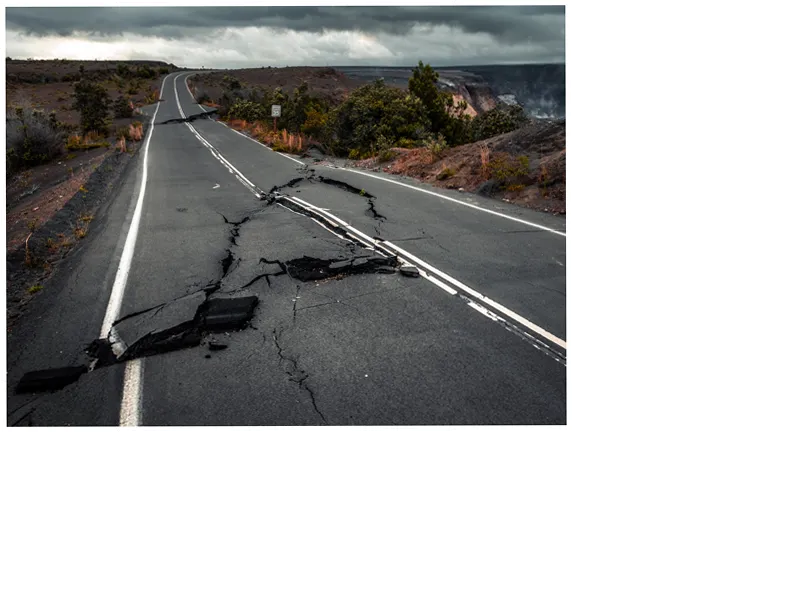The Unprecedented Greenland Megatsunami: A Deep Dive into the Mysterious Seismic Signal
In September 2023, a melting glacier in Greenland triggered a massive landslide, resulting in a 650-foot-high megatsunami. This event not only reshaped the fjord but also generated a mysterious seismic signal that lasted for an astonishing nine days. According to a comprehensive study published in the journal Science, this phenomenon is a stark reminder of the impact of climate change on the Arctic region, which is entering "uncharted waters" as global temperatures continue to rise.
The seismic signal, described by seismologists as a monotonous hum rather than the typical high-frequency rumble of an earthquake, baffled researchers worldwide. Stephen Hicks, a co-author of the study, noted that such a long-lasting signal was unprecedented. Tracing the source of the vibrations back to eastern Greenland, a collaborative effort involving 68 scientists from 15 countries revealed that the landslide in Dickson Fjord was responsible for this unique seismic event.
Understanding the Cascading Hazards of Climate Change
The landslide, which occurred after years of glacier melting, unleashed a wave of debris into the fjord, equivalent in volume to 10,000 Olympic-sized swimming pools. This resulted in one of the largest megatsunamis recorded, with waves trapped in the fjord for over a week, oscillating every 90 seconds in a phenomenon known as seiche. This rhythmic movement of water, previously thought to last only for shorter durations, has now been documented to persist for an unprecedented nine days, showcasing the drastic changes occurring in the Arctic due to climate warming.
The researchers emphasized that this event highlights the destabilization of mountain slopes in the Arctic. As the region warms four times faster than the global average, scientists anticipate that such landslide-triggered megatsunamis could become more frequent and devastating. The study serves as a wake-up call, underscoring the urgent need for understanding and addressing the consequences of climate change on our planet's geological stability.
Global Implications of the Greenland Event
The seismic waves generated by the Greenland landslide traveled across the globe, reaching as far as Antarctica within an hour. This unprecedented event marks a critical moment in scientific understanding, as it is the first time researchers have directly observed the effects of climate change on seismic activity. While no casualties were reported, the megatsunami damaged cultural heritage sites and a military base, raising concerns about potential risks to maritime traffic in the area.
As climate change continues to reshape the Arctic landscape, experts warn that similar geological events could occur in other regions with comparable fjord structures, such as Alaska and parts of Canada. The findings from this study not only reveal the immediate consequences of the Greenland event but also signal a broader trend of increasing geological instability linked to climate change, urging a reevaluation of our preparedness for future natural disasters.
- The research team, led by geologists Kristian Svennevig and Stephen Hicks, conducted an extensive review of seismic, satellite, and ground data, along with tsunami wave simulations, to unravel the mystery behind the seismic signal. They noted that the event serves as a grim reminder of the ongoing changes in the Arctic environment, exacerbated by human-induced climate change. In addition to the physical impacts, the study highlights the need for interdisciplinary cooperation among scientists to tackle complex climate-related phenomena. As the Arctic continues to warm, the implications for global weather patterns, sea level rise, and natural disasters are profound, necessitating urgent action and further research.






